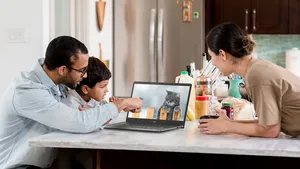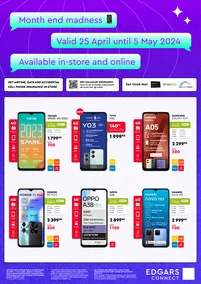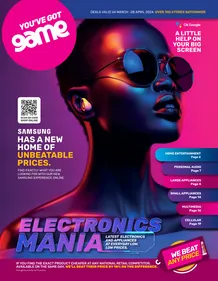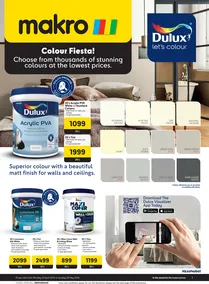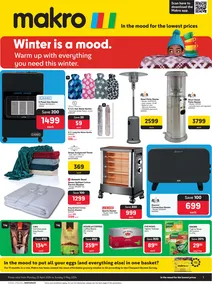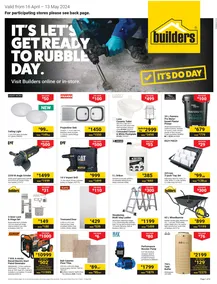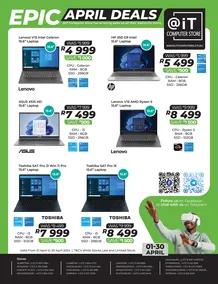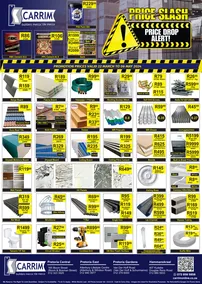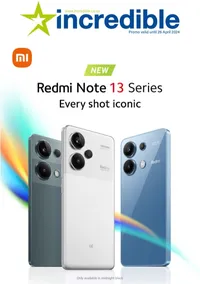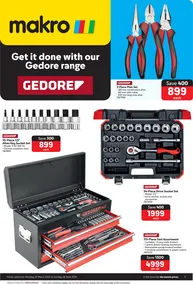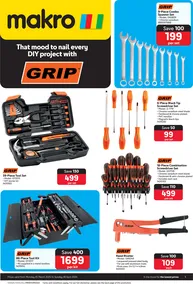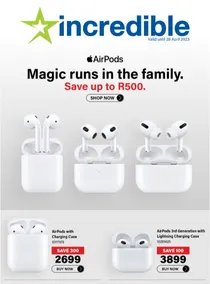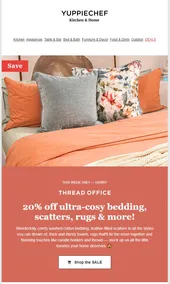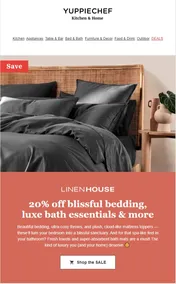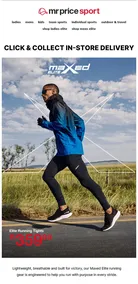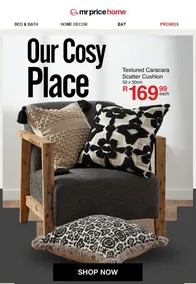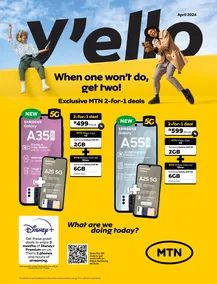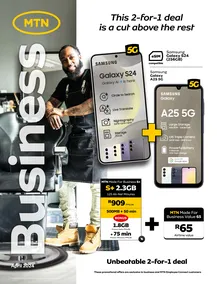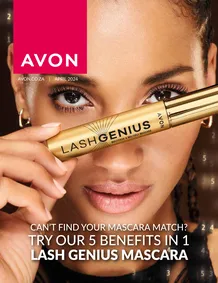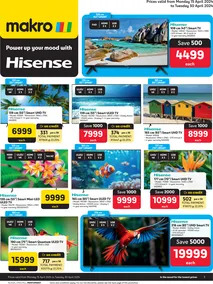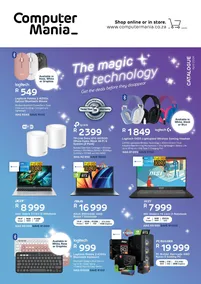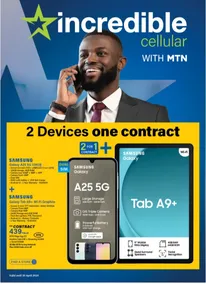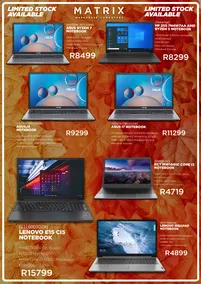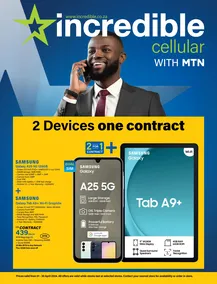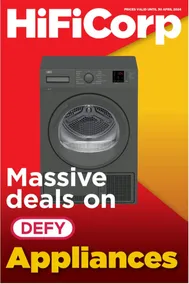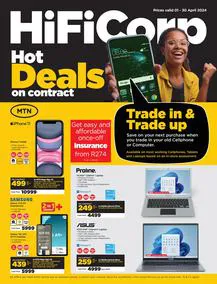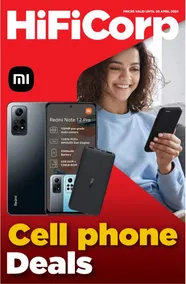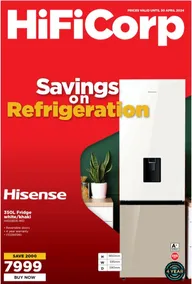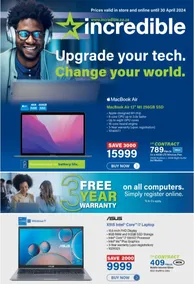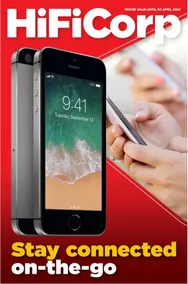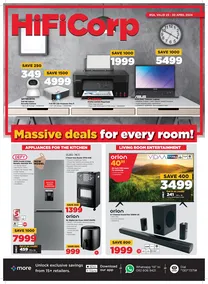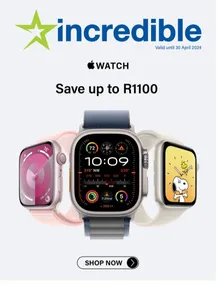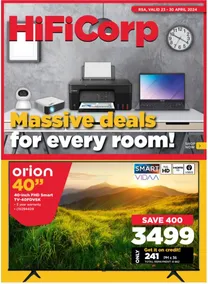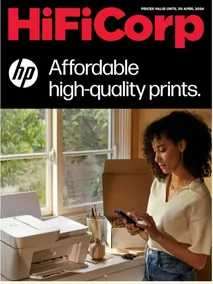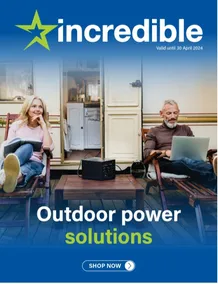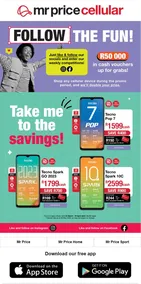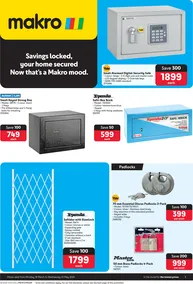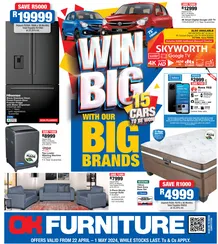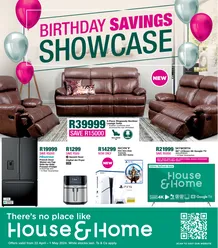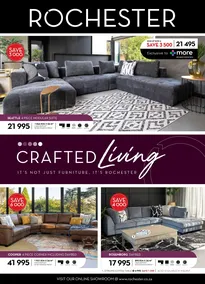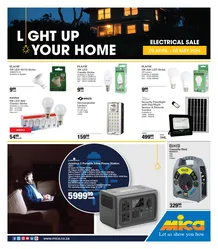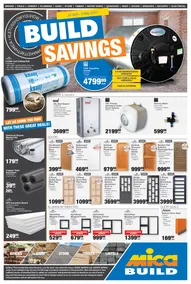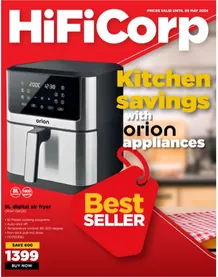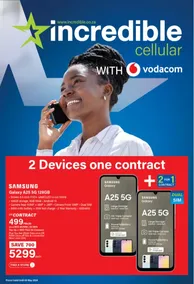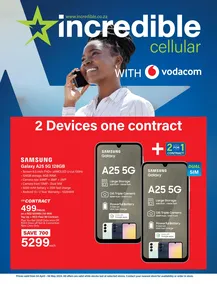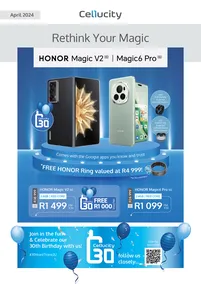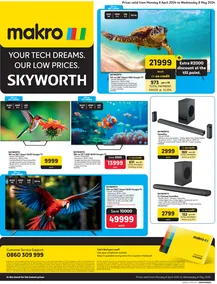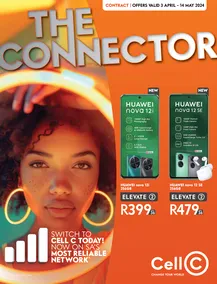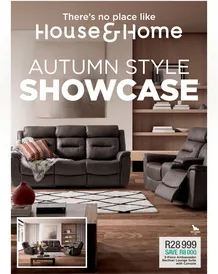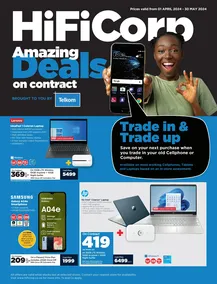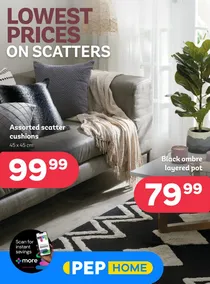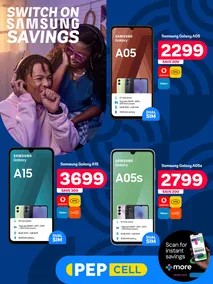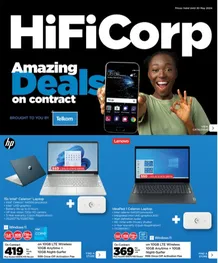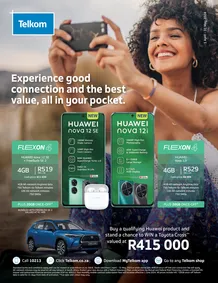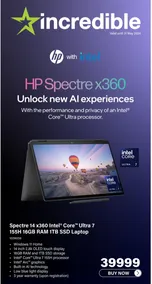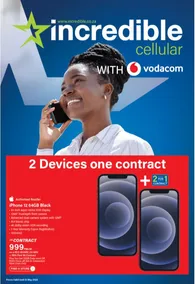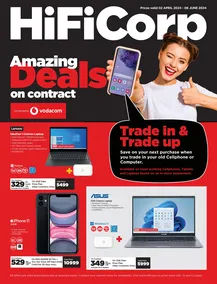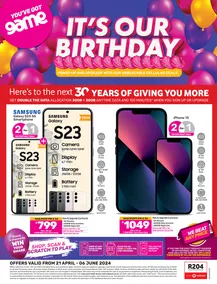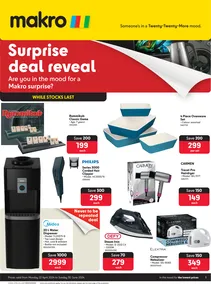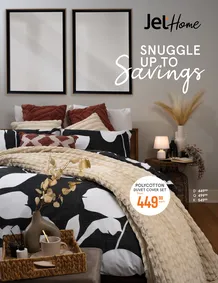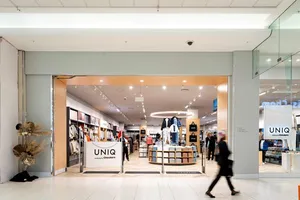
The Smartphone Flagship Killer…
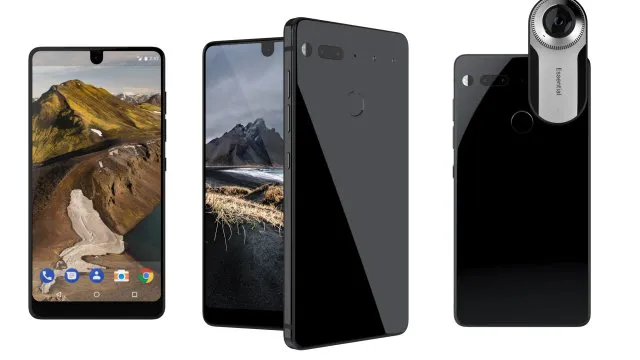
The Almost Bezel-less Smartphone Rivaling iPhone And Samsung.Plus It Won’t Break Your Bank

10 October 2017 / Brandon Lee Westraat
This past year we’ve been drooling over Samsung and iPhones new flagships, The galaxy note 9 and iPhone 8. With the prices that they debuted with its, hard to see anyone outside of the top 5% comfortably affording this phone. But now there is some hope. A new Android phone is entering the ring: The Essential Phone.
The PH-1, as it’s officially called, makes clear that it isn’t “just another Android smartphone”. But in its efforts to stand out as something essential for today’s innovation-starved audience, the offering here couldn’t be more refreshing – or divisive.
It’s a confident melding of glass and ceramic that seems rather basic in what it’s trying to attempt, but it’s hiding a few tricks up its sleeve. For those with small hands, the amount of screen that Essential has packed into the compact package is astounding.
Speaking of the nearly bezel-free display, it’s one of the phone’s big conversation-sparking features. It's pairing of design and software also rivals Google’s own smartphones.So don't stress that South Africa isn't getting the Google Pixel ….again. But for something that claims to be “essential” at launch, it presumes a hell of a lot about its audience: that for every desirable feature the PH-1 contains, which there are certainly a few, you hopefully won’t notice that it’s missing many must-have features.
The Essential Phone originally debuted in the United States starting at $699 unlocked.Now Essential has also dropped the price of the phone to only $499, which makes it far more affordable than it was at launch.There is no mention of what the global release price will be or when it will be coming to South Africa.But besides the price lets talk about the design…

The Essential Phone is a feat of engineering in that it somehow manages to fit a 5.7-inch 2,560 x 1,312 display into a chassis that’s not much larger. Stacked up against the Google Pixel XL, then it’s roughly the same size in the hand, but there’s so much more screen here.
Essential has taken bezel reduction to a new level. You’ll find a rather small bezel “chin” on the bottom of the phone, but the screen nearly spills over the top of it, where you’ll find the selfie camera. This feat is all the more impressive because the LCD display wraps around the front-facing camera instead of shoving it to the bottom like Xiaomi Mi Mix. That phone’s “nostril camera”, as Essential’s Andy Rubin calls it, makes for awkward selfies.
Essential opted for a titanium frame, which it claims offers much higher durability (and heft) compared to the oft-used aluminum we see in many smartphones. This means, theoretically, it shouldn’t break or bend under circumstances wherein most phones do. On the phone’s outside, Essential covered it all up in ultra-glossy ceramic, which looks fantastic and feels cool to the touch, but unfortunately, a mess of your fingerprints will be left behind.
Around the phone’s edges, Essential has cleverly implemented a grippy material that doubles as its antenna passthrough. While you won’t find a 3.5mm headphone jack on this phone (Essential provides a USB-C to 3.5mm converter in the box), the usual assortment of the volume rocker, power button, and USB-C charging port make their appearance here. The tactile buttons are simple to find and have a nice click to them. The backside of the phone is as flat as the front and is so devoid of any markings that there's not even an Essential logo anywhere on the device. It’s a way of Essential saying “this isn’t our phone, it’s your phone.” On our way up, there’s a fingerprint sensor in an easy-to-reach location, flanked on its top by a dual-lens camera, flash and Essential’s accessory connector ports.

The PH-1 runs a stock version of Android Nougat 7.1.1 and is said to be introducing Android Oreo to its users by the end of 2017. But focusing on the now, stock Android Nougat puts the new company in a favorable position for those who enjoy an experience free of bloatware and user interface tweaks. All of that time saved by not having to remove pre-installed apps lets you quickly build up your app arsenal and even load a custom launcher if you please.
Given the Essential Phone’s roots in stock Android, all of its tricks are at your disposal the moment it comes out of the box. Two simultaneous presses of the power button boots into the camera, holding the on-screen home button cues up Google Assistant, and lastly, the phone comes loaded with only the (pardon me) essential apps. Seriously, it comes with just a few handfuls of Google-made apps and that’s it.

When it comes to smartphones, more of something is usually better. That is unless it’s bezels, but that’s uniquely not much of an issue for the Essential Phone.
Compared to most smartphones its size, the PH-1 packs in more screen and not just that, it hugs the top edge of the screen in such a way that it will either enhance or hurt the immersive experience of games and movies. And the bit of good news and bad news is that it does neither. While most of the apps built into the phone making use of the extended aspect ratio, almost all of the apps we tried from the Google Play Store cut off the top sliver of the screen, making the experience fairly traditional looking.
Unlike the LG G6, LG V30, Samsung Galaxy Note 8, Samsung Galaxy S8 and more, the Essential Phone contains no options to zoom into an app to make it scale to its aspect ratio. It’s likely this could be fixed in the future, but not without risk of chopping out vital information for many apps. This means that, for now, movies and games will look as they do on traditional displays.
Of course, if you want to listen to what you’re viewing or listening to, you’ll need to connect the USB-C to 3.5mm adaptor, as Essential has lopped off the legacy port that many still consider it to be essential, no pun intended. Take this how you will, but in our experience, connecting a dongle is always more of a pain than it is an inspiring sign of forwarding progress from a technical perspective.

The Essential phone offers a lot of promise thanks to its expandable accessory port, stock Android interface, and nearly bezel-less screen design. It’s also one of the most powerful compact phones we’ve ever tested, even though it has a 5.7-inch display. It feels smaller and bigger at the same time.
The problem is it doesn’t fulfill every one of Andy Rubin’s promises – not yet at least. His new Essential company may eventually create a long-lasting smartphone with many useful accessories and expand its use cases, where it stands in its early days leaves too many blanks unfilled. It’s a great looking, slick functioning phone, but it's still new, its the answer to a lot of our problems but besides all the criticisms it's a good product to watch out for.
Get The Latest News & Specials
You successfully subscribed, thanks!
THIS WEEK'S TOP STORIES


Woolworths Elevates Commitment to Sustainability with Launch of New Winter Fashion Collection
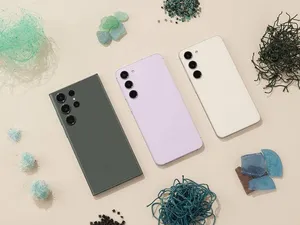
Samsung Celebrates Earth Day 2024 with Innovations for a Greener Sustainable Future

Be Your Own Barista At Home with the Launch Of The Nespresso Vertuo Lattissima and Vertuo Creatista
